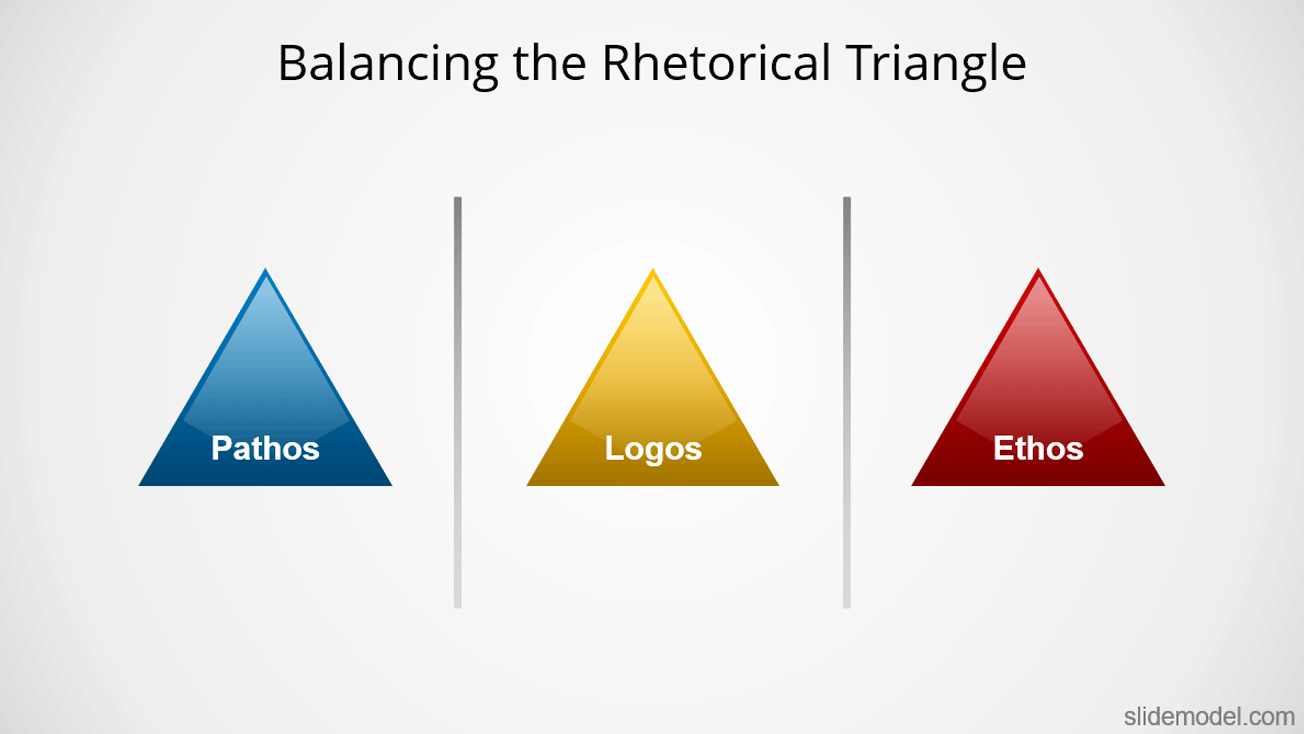CAP exam dumps
Guide For Using The Rhetorical Triangle
In this article, we’ll take you through some steps you can take when writing a persuasive speech or essay. The steps include the following:
1. Research Your Topic
The first step is to start by researching your topic and finding credible resources to use. This is an effective way to find evidence and facts, as well as increase your knowledge base of the topic. It is also a great step to developing information-based conclusions and accurately representing your ideas so that others can understand.
2. Develop an Opinion
The claim you make about the topic is your opinion, and this is basically the purpose of your speech or essay. You need to decide the message you want to convey to persuade your audience.
3. Decide on your Method
After determining your opinion, the next step is to develop a method to convey your opinion and message to your audience. There are many ways to present your argument, and this can be in the form of a fictional story, slide presentation speech, or essay. It’s important to also consider how the method will help you to effectively convey your idea.
4. Identify Your Audience
This is the group or persons that you’d pass the message to. It’s important to know your audience, as it will allow you to determine the appeal to use, whether logos, ethos, or pathos. Another reason why you should consider your audience is that it will make it easier for you to identify the points to highlight in your presentation.

5. Find the Emotional Appeal
This is basically the pathos appeal of an argument, and it involves studying the intended audience. Doing this will also allow you to identify why your audience should be interested in the argument you raise or the subject in question.
6. Evaluate the Ethics of Your Argument
Ethics is usually the governing morals of a person. Therefore, it’s important to ensure you review your work and that everything is persuasive, worthy, and accurate. The importance of this appeal is that it will allow you to address the correctness of your belief. Basically, evaluating the ethics of your argument entails focusing on why your ideas are correct.
7. Decide the Rhetorical Appeal to Begin With
This includes the appeals within the rhetorical triangle, and they are logos, pathos, and ethos. These are three appeals, and the order you use them depends on your preference. The most important thing is to determine what’s more convenient to start with. You can start by creating an emotional impact on your audience, by pointing out logical facts, or by pointing out your credibility. It all depends on your preference and the audience in question.
8. Connect with your Audience
The rhetorical triangle is a great tool that will allow you to use style and tones that will allow you to easily engage and connect with your audience. One of the first things you should do is to establish the tone for your argument. You might want to consider choosing a lighthearted and comedic, conversational or sardonic, optimistic, and uplifting tone to connect with your audience. If you are curious to know more about rhetorical triangle, Read Me.
9. Write your First Draft
This is the initial version of your presentation, essay, or speech. It’s advisable to write your ideas as a draft first because this will make it easier for you to clarify the message you pass and to also identify areas that require improvement.
10. Identify any Counterarguments
This is reasoning or an argument that doesn’t agree with yours. It’s important to review this aspect and determine arguments you might face beforehand. This is a great way to add more facts and details in support of your claims.
These are all the steps to follow when using the rhetorical triangle, and the last thing to do in addition to everything above is to revise and finalize everything.